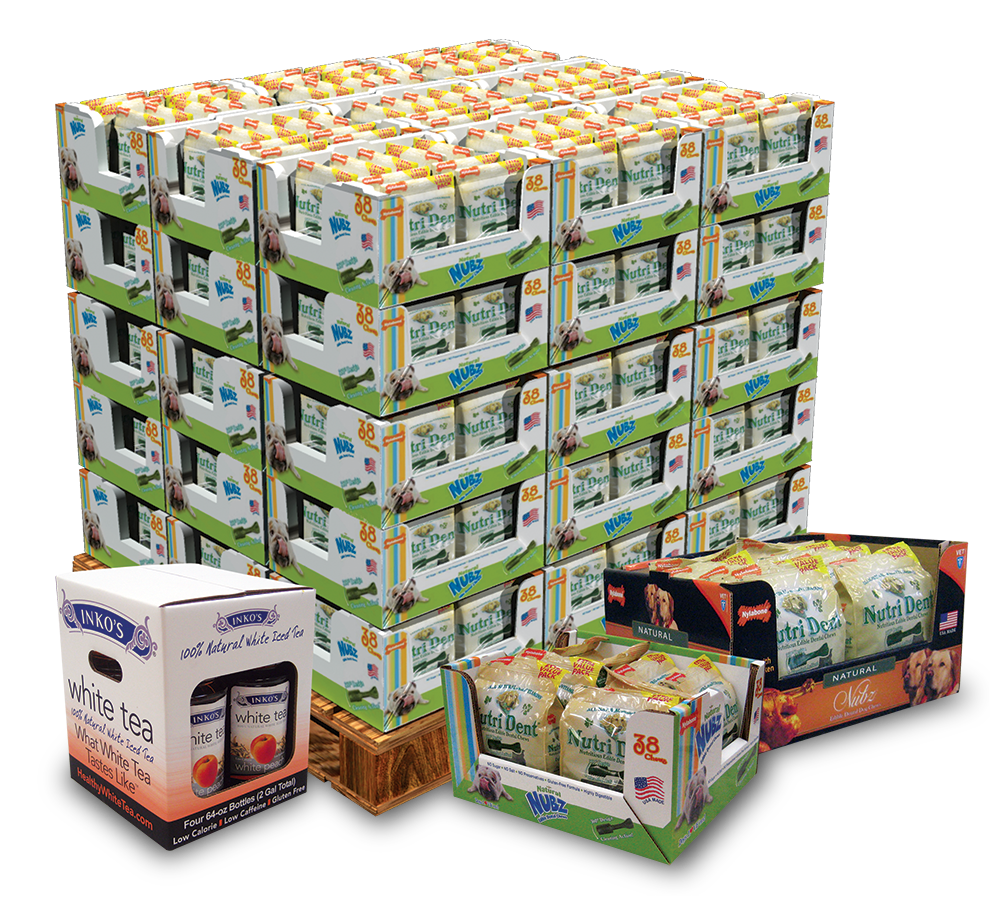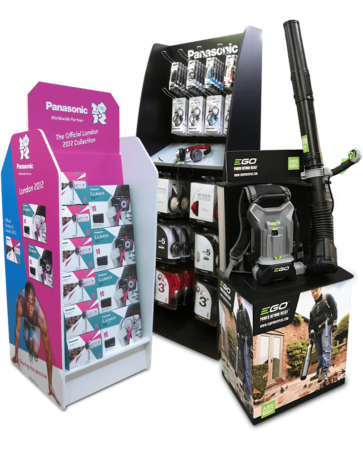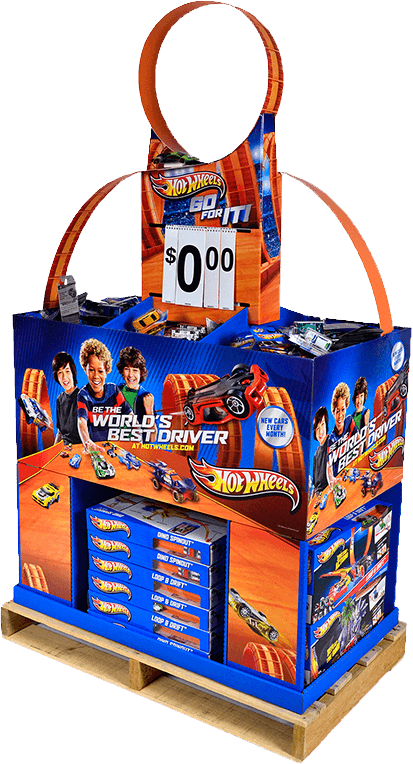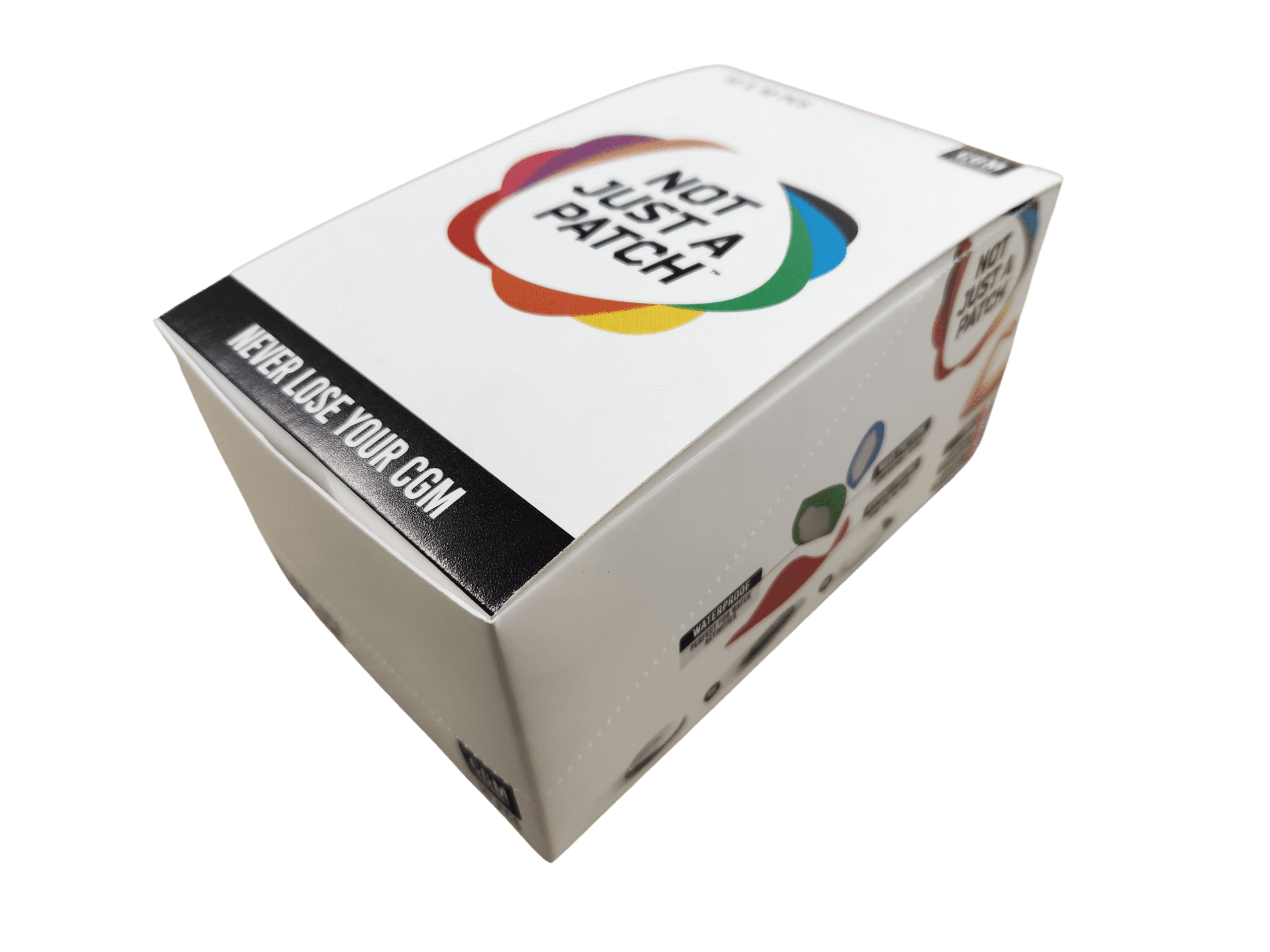Home » 7 Top Point of Purchase (POP) Display Trends in 2023
7 Top Point of Purchase (POP) Display Trends in 2023

Point of Purchase (POP) displays are an effective way to promote products and increase sales in retail environments. The trends for POP displays in 2023 are likely to focus on the following areas:
Sustainability
As more consumers are becoming environmentally conscious, retailers are looking for ways to reduce the environmental impact of their POP displays. This includes using eco-friendly materials such as recycled corrugated or biodegradable plastics, bamboo, or other sustainable materials. For example, a retailer can use biodegradable or compostable materials in their POP displays to reduce plastic waste. Additionally, retailers are designing displays that can be easily recycled or repurposed at the end of their life, reducing the amount of waste generated by the retail industry.
Technology Integration
POP displays are increasingly incorporating technology such as digital screens, QR codes, and augmented reality to create interactive and engaging experiences for consumers. This allows retailers to provide customers with additional information and product demonstrations, while also collecting data on customer interactions. For example, retailers can use digital screens to display product videos, or allow customers to scan QR codes to receive discounts or additional information. Another example is retailers using virtual reality headsets to give customers a virtual product demonstration, or using RFID tags for interactive experiences.
Personalization
With the rise of digital marketing, retailers have access to more consumer data than ever before. This enables them to personalize their POP displays to target specific demographics and increase their effectiveness. For example, retailers can use data to create displays that are tailored to the specific interests and needs of different customer segments. This can include personalized offers, product recommendations, and other incentives.

In-Store Experience
As e-commerce continues to grow, retailers are looking for ways to create a unique and engaging in-store experience to lure customers away from online shopping. POP displays can be used to create immersive environments and encourage customers to stay in the store longer. This can include displays that use lighting, sound, and other sensory elements to create a more engaging experience. An example of this is creating a themed environment in the store, with POP displays that complement the theme.
Data-Driven
Retailers are using data to drive their POP display strategy. This includes using data to track consumer behavior, analyze sales data, and optimize their POP display strategy accordingly. For example, retailers can use data to determine which products are selling well and which displays are most effective, and then adjust their strategy accordingly. Another example is using data-driven insights to create a dynamic POP display that changes based on the time of day, weather or foot traffic.
Multi-Functionality
Retailers are looking for ways to maximize the use of their POP displays, so they are looking for multi-functional displays that can be used for multiple products and purposes. This can include displays that are modular and can be reconfigured to accommodate different products, or displays that can be easily repurposed for different promotions. An example of this is using a POP display that can be easily modified to display different products, like a modular shelving system.

Experimentation
With the rise of e-commerce, retailers are experimenting with new POP display styles and designs, such as holographic displays, to create a more memorable and unique in-store experience. This allows retailers to stand out from their competitors and create a more engaging and memorable customer experience. An example of this is using holographic displays to showcase products in a more interactive and engaging way.
If you are interested in POP displays, then contact Brown Packaging today to get started.
Corrugated board comes in multiple flute sizes and wall grades, each designed to balance strength, weight, and cost. Selecting the wrong grade can lead to
As tariff changes reshape global trade, packaging buyers moving production from China to the U.S. or nearshore regions face a new challenge: supplier qualification. Transitioning
With new tariff proposals and continued trade uncertainty, 2026 is shaping up to be another pivotal year for packaging sourcing strategy. Many companies that shifted
Following multiple rounds of tariff changes and trade policy adjustments, 2026 marks a turning point for U.S. packaging buyers. Many who previously transitioned from China
Shifting packaging production from China to the U.S. can help stabilize costs, reduce tariff exposure, and shorten lead times. But the transition process requires careful
RSC boxes are known for their efficiency and versatility, but their performance ultimately comes down to strength. Buyers often see numbers like ECT, BCT, and
Home » 7 Top Point of Purchase (POP) Display Trends in 2023

What is Chipboard? Chipboard is made from small wood particles mixed with resin, binders and other additives, which is then pressed together under high temperature

Packaging plays a crucial role in marketing a product. The packaging material and design not only protect the product but also influence the customer’s purchasing

In today’s market, the printing strategy employed on packaging can play a significant role in a product’s success. This guide is tailored to help buyers


